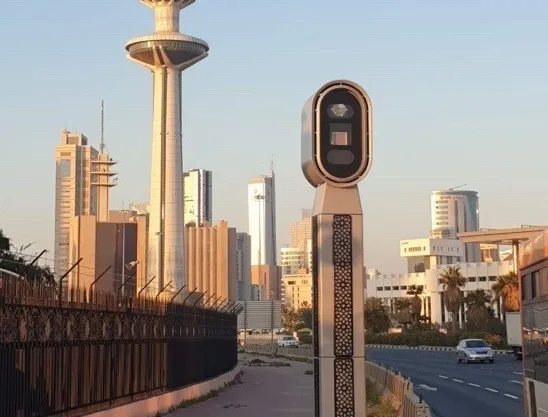Jenoptik Traffic Solutions division is moving purposefully ahead with its business expansion in Asia by winning a technically highly challenging traffic safety project in Hong Kong and will be supplying over 30 installations, consisting of a mix of fixed, tunnel and mobile speed enforcement applications in the Tsing Ma and Tsing Sha Control Areas. An approval authority delegation from Hong Kong visited Jenoptik Robot in Germany to successfully perform a factory acceptance test. Close to 70 tests were perfor
August 13, 2012
Read time: 2 mins
Jenoptik Traffic Solutions division is moving purposefully ahead with its business expansion in Asia by winning a technically highly challenging traffic safety project in Hong Kong and will be supplying over 30 installations, consisting of a mix of fixed, tunnel and mobile speed enforcement applications in the Tsing Ma and Tsing Sha Control Areas.
An approval authority delegation from Hong Kong visited Jenoptik Robot in Germany to successfully perform a factory acceptance test. Close to 70 tests were performed over a period of five days to ensure the systems fully comply with the specifications in the tender. All systems are expected to be in full operation before end of September 2012.
Speed enforcement cameras were introduced in Hong Kong in 1993 and 1999 as trials. Upon review of their effectiveness, it was found that there was a 50 per cent reduction in the number of vehicles in excess of the speed limit by 15 kilometres per hour, and a 40 per cent reduction in the number of traffic accidents involving injuries. In view of its effectiveness and technological progress, speed enforcement camera systems have since been more widely deployed.
An approval authority delegation from Hong Kong visited Jenoptik Robot in Germany to successfully perform a factory acceptance test. Close to 70 tests were performed over a period of five days to ensure the systems fully comply with the specifications in the tender. All systems are expected to be in full operation before end of September 2012.
Speed enforcement cameras were introduced in Hong Kong in 1993 and 1999 as trials. Upon review of their effectiveness, it was found that there was a 50 per cent reduction in the number of vehicles in excess of the speed limit by 15 kilometres per hour, and a 40 per cent reduction in the number of traffic accidents involving injuries. In view of its effectiveness and technological progress, speed enforcement camera systems have since been more widely deployed.










